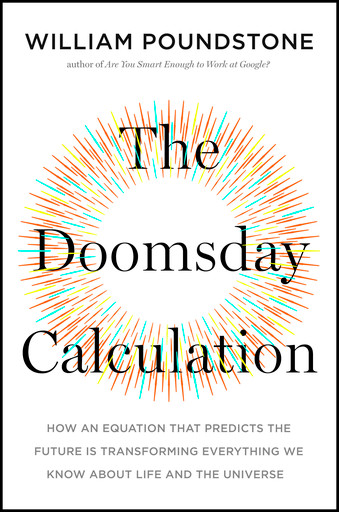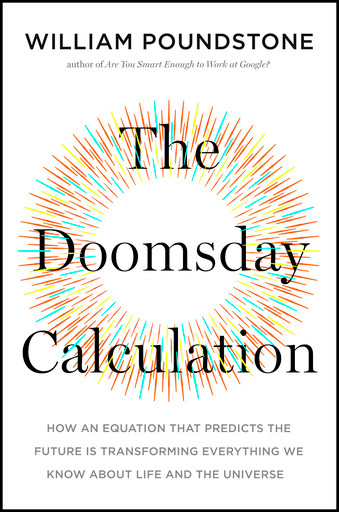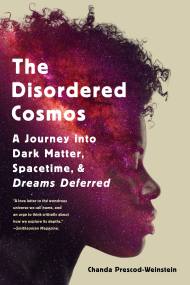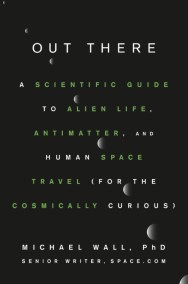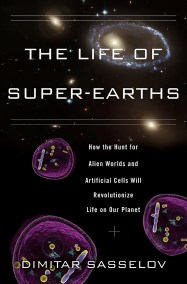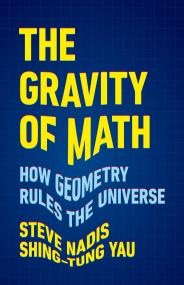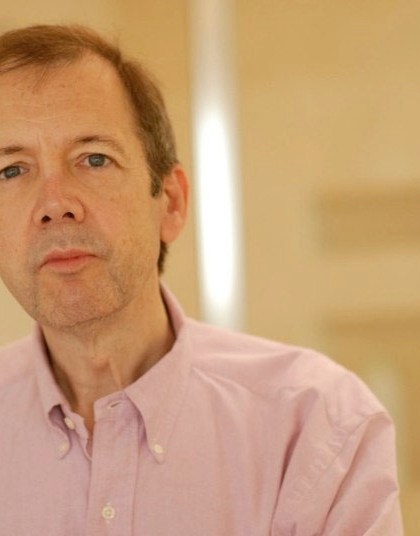Promotion
Use code MOM24 for 20% off site wide + free shipping over $45
The Doomsday Calculation
How an Equation that Predicts the Future Is Transforming Everything We Know About Life and the Universe
Contributors
Formats and Prices
Price
$15.99Price
$20.99 CADFormat
Format:
- ebook $15.99 $20.99 CAD
- Trade Paperback $18.99 $23.99 CAD
This item is a preorder. Your payment method will be charged immediately, and the product is expected to ship on or around June 4, 2019. This date is subject to change due to shipping delays beyond our control.
Also available from:
In the 18th century, the British minister and mathematician Thomas Bayes devised a theorem that allowed him to assign probabilities to events that had never happened before. It languished in obscurity for centuries until computers came along and made it easy to crunch the numbers. Now, as the foundation of big data, Bayes’ formula has become a linchpin of the digital economy.
But here’s where things get really interesting: Bayes’ theorem can also be used to lay odds on the existence of extraterrestrial intelligence; on whether we live in a Matrix-like counterfeit of reality; on the “many worlds” interpretation of quantum theory being correct; and on the biggest question of all: how long will humanity survive?
The Doomsday Calculation tells how Silicon Valley’s profitable formula became a controversial pivot of contemporary thought. Drawing on interviews with thought leaders around the globe, it’s the story of a group of intellectual mavericks who are challenging what we thought we knew about our place in the universe. The Doomsday Calculation is compelling reading for anyone interested in our culture and its future.
Genre:
- On Sale
- Jun 4, 2019
- Page Count
- 320 pages
- Publisher
- Little Brown Spark
- ISBN-13
- 9780316440714
Newsletter Signup
By clicking ‘Sign Up,’ I acknowledge that I have read and agree to Hachette Book Group’s Privacy Policy and Terms of Use
